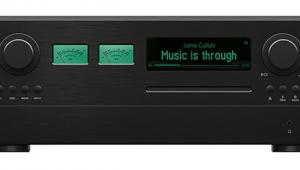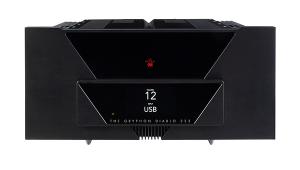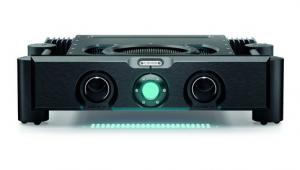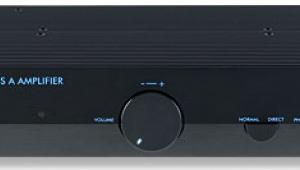Mola-Mola Kula Integrated Amplifier Taking A Pulse
As we saw in the Tambaqui [HFN Nov '19], Mola-Mola has its own, custom DAC solution that, in the Kula, is executed across three SHARC DSPs. All incoming data is upsampled to 3.125MHz, and truncated to 5-bits via a 7th-order noise-shaper that retains the original dynamic range up to 80kHz. Each 5-bits is sufficient to describe one of 32 possible pulse widths that vary in steps of 10nsec (the system clock is 100MHz) up to a maximum width of 320nsec (0.32µsec). This Pulse Width Modulated (PWM) signal is fed into a 32-stage shift register and summed together so that the final DAC output is the moving average of consecutive blocks of 32 clock cycles (ie, one PWM cycle), updating every 10nsec.
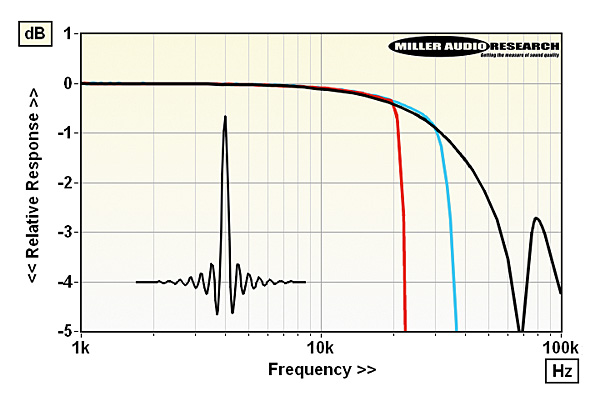
Mola-Mola's custom linear phase/apodising digital filter is 'baked into' this process [see impulse response, inset Graph] but the final responses, and 65dB attenuation of stopband images (26kHz re. 22kHz at 48kFs), are tailored in the Kula both by sample rate and the response of the analogue Class D amp module. The response of the latter rolls away gently to –0.5dB/20kHz and –5.3dB/70kHz [black trace], so while the native output of the DAC module is ruler flat to within ±0.02dB up to 20kHz with 44.1/48kHz media and rolls off slightly earlier at 36kHz and 59kHz (–3dB) with 96kHz and 192kHz files, the combined response in the Kula is a composite [red trace, 48kHz; blue trace, 96kHz digital inputs]. PM





